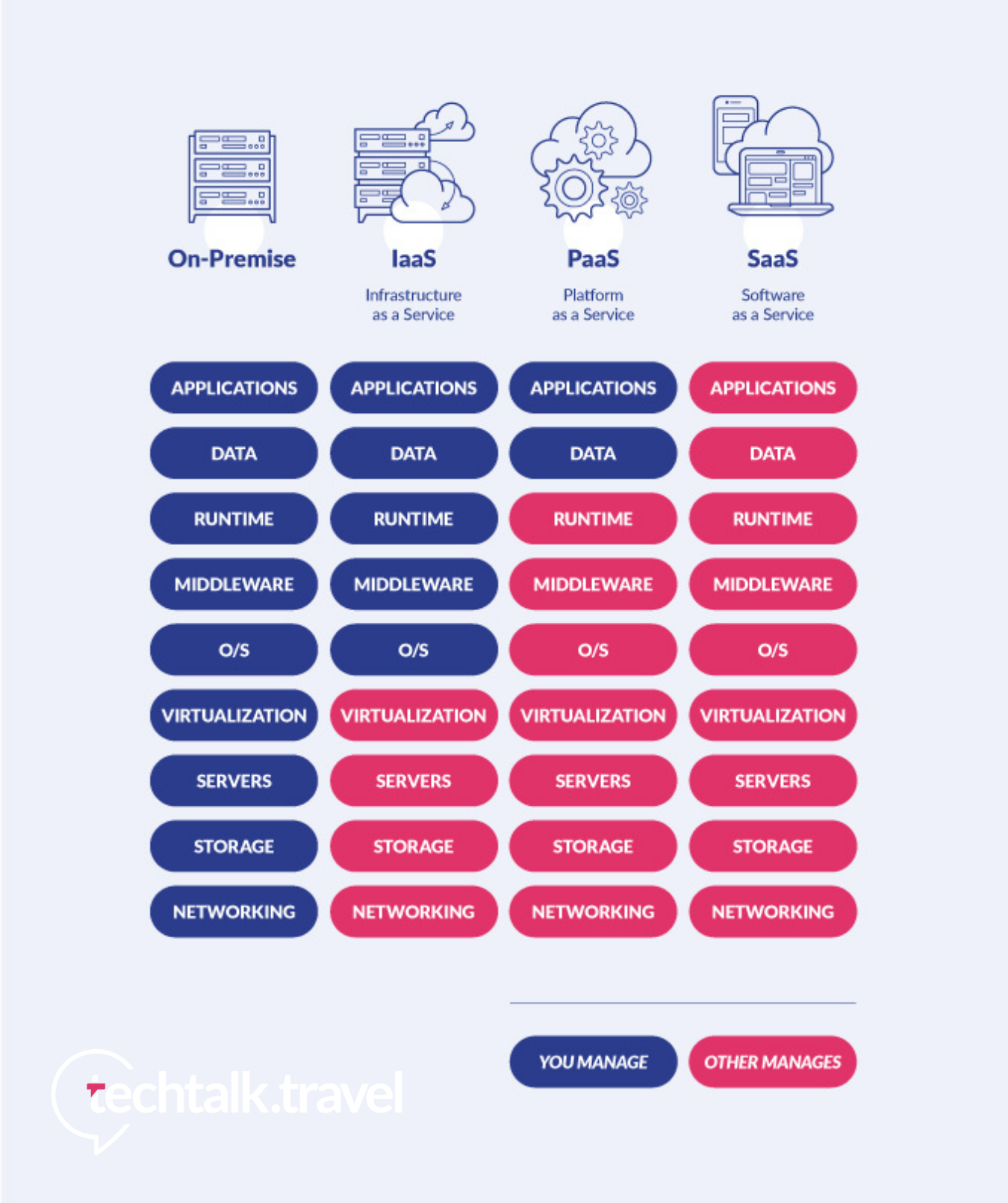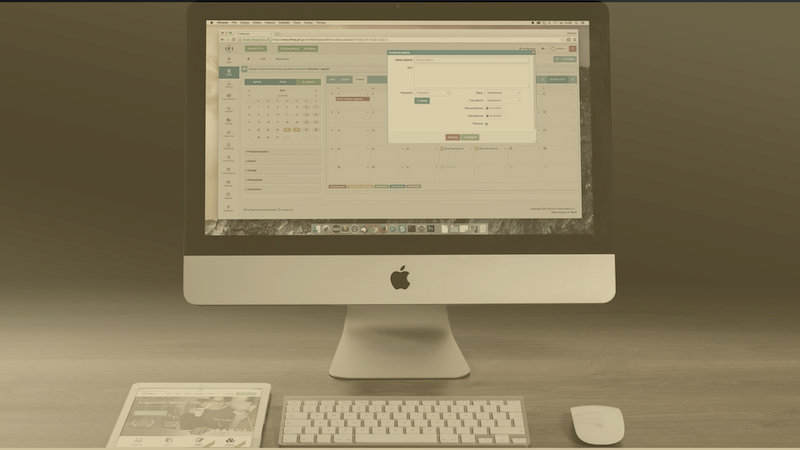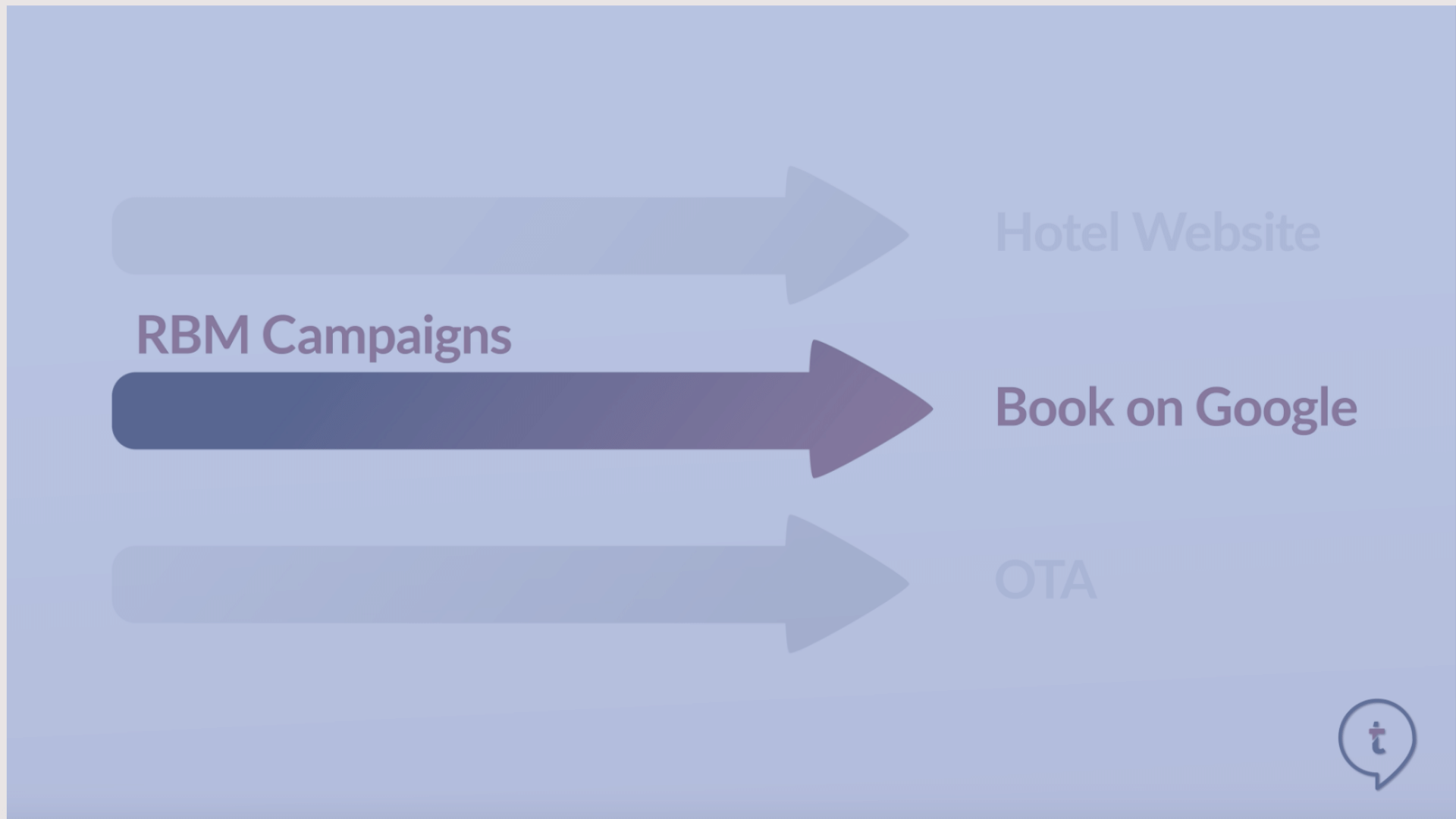Time to scale your business.
Cloud computing technology is beginning to reshape hospitality and travel. It is probably fair to say that the Cloud is now more accessible than ever. Independently managed hotels have access to any number of powerful management tools that were once only available to the major global brands. Cloud solutions enable hotel operators worldwide to compete in international markets, helping lower management expenses and increase operational efficiencies.
Cloud Computing is a mixture of Infrastructure as a Service (IaaS), Platform as a Service (PaaS), and Software as a Service (SaaS). Operating on the model of Use, Build, and Migrate. See our Editorial video for more information.
Hotels should not be asking themselves if they should adopt the Cloud but instead actively move to make the shift into Cloud and benefit from the various aspects available from Cloud computing. Today, more and more proprietary, legacy systems are being replaced with Cloud solutions. Software-as-a-service (SaaS), Infrastructure-as-a-service (IaaS), and Platform-as-a-service (PaaS) are becoming increasingly popular subscription models for a growing number of hotels.
Awareness about big data is high, and hotels are now using big data to uncover trends in an ever-fluctuating commercial environment. This helps to personalize the guest experience and build brand loyalty. As hotels increasingly generate more significant amounts of data, the only viable storage option is the Cloud. Today Cloud solutions are not just practical and cost-effective; they’re a lot more secure.
Pay as you use.
Hotels using cloud solutions typically only pay for what they use on a commercial model that allows flexibility of choice and change. Upfront costs are low because hotels only pay for the computing power and cloud storage they need.
All hotels need is an internet connection and good bandwidth.
Hotels no longer have to invest efforts in storing data in traditional servers; instead, they can choose a cloud service to store their data at secured data centers.
When applied intrinsically, cloud computing can bring down a hotel’s computer hardware and energy costs. Cloud computing shortens project time, resulting in cost savings and greater productivity. By moving software services up to the Cloud, hotels will see several benefits.
One benefit is that it frees hotel employees from clunky PC terminals, encouraging a more independent and efficient work environment.
Using Cloud solutions offers the ability for guests to check-in via their smartphone, not just at the hotel’s reception desk. Further advantages are the increased speed at which guests can access various hotel products and services, contributing to creating that seamless guest experience.
Remote operations.
In our video for this editorial, we make mention of numa Hotels, based out of Berlin and how they have built their entire tech stack and operating solution in the Cloud using precisely these services. This means they have the flexibility of working from any location – all they need is a stable internet connection, laptop or computer, mobile phone or tablet. Onsite operational costs are significantly lower than traditionally resourced hotels, with operating efficiency being highly productive.
Let's break it down.
There are three major types of cloud computing.
- Infrastructure as a Service (IaaS) is an alternative to on-premises infrastructure encompassing storage, networking, servers, and virtualization services. IaaS facilitates businesses’ day-to-day operations with cloud-hosted services that are easily accessible over the internet.
- Platform as a Service (PaaS) is a tool that helps developers build hardware, software, and applications. Like IaaS, PaaS tools are accessible via the internet.
- Software as a Service (SaaS) offers users a variety of applications without installing software on their devices. SaaS tools are accessible to everyone with an internet connection and login information.
Using travel analogies, they'd look something like this:
- Infrastructure as a Service is a little bit like hiring a car.
- Platform as a Service is like taking a chauffeur-driven car.
- Software as a Service is like going by train.
- On-property solutions are the equivalent of owning a car and carrying all the associated costs related to that liability.
There can be various ways to integrate these options into a hotel environment; it comes down to the operational needs and business objectives.

Looking at each element of Cloud computing, the differences between IaaS, PaaS and SaaS are as follows.
Platform as a Service (PaaS)
PaaS is a tool for application and software developers. Platform as a Service (PaaS) includes operating environments like operating systems and application services. Therefore, platforms i.e., operating systems built on top of the basic hardware, i.e., infrastructure, can be categorized under PaaS.
Platforms like operating systems, databases, web servers, execution environments can be included in PaaS.
PaaS and IaaS are closely linked. Hotels committed to a specific development environment for a particular application without managing the deployment themselves would typically opt for PaaS solutions.
PaaS can be compared to a stripped-down version of IaaS, given that it provides users with servers and data storage centers, but it is not designed for the classic end-user.
PaaS Examples
- Microsoft Azure Apps
- Amazon Web Services (AWS)
- Heroku (Salesforce)
- Google Cloud
An analogy for understanding PaaS
PaaS (Platform as a Service) is like taking a chauffeur-driven car. You don't drive a vehicle yourself, but simply tell the driver where you need to go and relax in the back seat.
Advantages of PaaS
PaaS offers several advantages for software and application developers. One of the most significant advantages of PaaS is its ability to save developers considerable time throughout a project. Whereas developers previously created applications and software from the ground up, PaaS eliminates preliminary steps that can delay the overall application building process.
PaaS reduces the amount of time spent on each project, and therefore, it also lowers overall expenses for developers. Applications and software can be built in less time, improving business agility and ultimately boosting revenue.
PaaS is also a popular tool for developers because of its ease of use and scalability. As applications and software gain more users, PaaS facilitates its growth and functionality.
Using PaaS does not require much previous knowledge — new developers can quickly implement it into operations without a learning curve. PaaS is also conducive to multi-user collaboration, a crucial feature in an increasingly remote world.
Disadvantages of PaaS
While PaaS provides developers with numerous benefits, it may not be the ideal choice for some. A significant disadvantage of PaaS is that developers do not have much control over the platform itself.
The only aspect that users control within PaaS is the code of their application. This means that an unexpected outage can take out a developer’s server and software. Some developers may find PaaS terms of service restrictive, given that users cannot customize the platform to suit their needs better.
When should you choose PaaS?
If you want to do your own development – PaaS is suitable as you'll want to focus on developing the application without having to be concerned about the platform's management.
Infrastructure as a Service (IaaS)
Infrastructure as a Service (IaaS) is the most basic hierarchy level in cloud computing terminology, with every other service built on top of it.
An IaaS provider offers pre-installed hardware through a virtualized interface. It generally includes fundamentals like dedicated hardware, virtual machines, and storage. Operating Systems can only be built on top of inherent hardware. That is why they are not included in IaaS.
IaaS tools easily scale with businesses as they grow and adapt to evolving markets.
IaaS is well-suited for remote collaboration, flexible and cost-effective. With pay-as-you-go options, hotels can reduce the number of excess services purchased with IaaS.
Hotels can also use IaaS to regain control over their infrastructure, simultaneously forgoing outdated on-site tools and preparing for the unexpected. IaaS solutions are ideal for remote, hybrid, or in-person working configurations.
IaaS is the base on which other technologies like SaaS and other cloud services are built. Here are a few IaaS examples.
IaaS Examples
- Azure Stack
- IBM Cloud
- Google Cloud
An analogy for understanding IaaS
When you purchase a car, you're responsible for its repairs etc. When you need to upgrade, you just buy a new car. IaaS is a little bit like hiring a car. When you hire a car, you choose the car you want and drive it, but the car doesn't belong to you.
When should you choose IaaS?
Suppose you have a complicated IT implementation needing to be migrated to the Cloud. In that case, IaaS may be the right solution for you as it involves the development of infrastructure right from scratch.
Advantages of IaaS
There are numerous advantages of adopting IaaS tools over on-premises infrastructure. IaaS is a streamlined alternative to bulky, costly on-site infrastructure. Without physical hardware, IaaS solutions can easily scale with businesses as they grow or downsize if necessary.
Because IaaS services tend to be pay-as-you-go, there is less risk of purchasing unnecessary add-ons that you won’t use.
With IaaS, there is no longer a need to employ external contractors to manage operations — hotels, if they choose, can even manage their own infrastructure.
IaaS offers businesses enhanced control over their day-to-day operations. That being said, when purchasing IaaS services, a level of external support is available if necessary.
Finally, IaaS services are well-suited to remote, hybrid, or in-person working configurations, with the possibility for multiple users to access the infrastructure at once.
Disadvantages of IaaS
IaaS can offer a wide range of advantages for hotels big and small. However, there are some considerations when choosing a cloud computing solution.
First, although IaaS can facilitate daily operations, hotels are still responsible for managing many factors on their own, such as security, data protection, and recovery, and runtime.
Hotels shouldn't invest in IaaS, believing it is a catch-all solution for their business's infrastructure and operations. Hoteliers must realize that they would still be in charge of things like applications and middleware.
While costs are generally manageable, they can unpredictably rise if users don't implement best practices. For instance, if users forget to shut down instances overnight, IaaS costs will rise. With this in mind, frequent users may notice that IaaS doesn't offer the overall lowest cost of ownership among all cloud computing options.
Software as a Service (SaaS)
SaaS is typically the most widely used; it offers access to needed applications directly. This saves a lot of hassle that exists in the IaaS and PaaS stages.
It takes the form of applications and software that are available to users with an internet connection. Some SaaS products are available as web applications; others can be downloaded and installed on users’ devices.
Whether or not SaaS products are purely web-based or downloads, they do not require installation from a specialist, nor do they require users to have purchased licenses.
SaaS solutions are fully managed, offered, and owned by third-party vendors. End-users directly access SaaS solutions for day-to-day activities. Google Suite falls under the SaaS category as end users can use Microsoft’s solutions like Office on a monthly subscription basis.
SaaS Examples
- Office 365
- Google Suite
- Hubspot
- Slack
An analogy for understanding SaaS
SaaS is like going by train. Trains have assigned routes, and you share the ride with other passengers.
When should you choose SaaS?
When the end consumer requires access to daily operational services such as Property Management Solution (PMS), Revenue Management System (RMS) or Upselling tools – SaaS is perfect for you as it is primarily suited for the end-users.
Advantages of SaaS
SaaS products offer various benefits to users across the board. Regardless of their level of experience with SaaS applications, SaaS platforms are extremely easy to set up and use, making them an ideal choice for those new to cloud computing.
SaaS eliminates the need for on-site hosting; web-based applications are accessible from any location. With just an internet connection and login information, SaaS users can plug into various needed applications that facilitate their everyday tasks and operations.
SaaS users have access to an abundance of applications spanning a wide range of functionalities. Plus, since these applications are web-based, they won’t take up room on users’ servers. When using SaaS applications, users don’t need to worry about managing their software; the SaaS provider is responsible for handling updates and improvements within the application.
Each of these benefits, combined with significantly less upkeep for users’ IT support teams, makes SaaS tools an ideal option for various consumers.
Disadvantages of SaaS
Despite all of the advantages with SaaS, there are a few disadvantages that users should be aware of. With SaaS users do not have a lot of control. Similar to PaaS, SaaS does not grant users access to infrastructure. This means that they are vulnerable to outages and the negative consequences that come with them.
SaaS users cannot “patch” an integration: only SaaS providers can do that. In this way, users depend heavily on their SaaS providers to offer up-to-date, functional software experiences. SaaS companies are also responsible for providing high-quality security measures. If a data breach does occur, sensitive data is at risk.
Selecting the suitable type of cloud computing technology depends on what your hotel(s) require from the technology.

Choosing the service that's right for you.
When comparing IaaS vs. PaaS vs. SaaS, it’s important to consider what your business needs, your goals for the future, and how you hope to enhance your operations with cloud-based services.
IaaS is a viable option for hotels transitioning from on-premises tools to cloud-based technology. Offering pay-as-you-go options that can considerably limit unnecessary expenses.
PaaS is well-suited for developers who want to save time and money while building applications and software. It’s important to remember that PaaS offers users a limited amount of control, which could have long-lasting negative effects.
SaaS tools help users transition away from on-premises tools while facilitating day-to-day operations, including communication, customer support, and file sharing. Similar to PaaS, SaaS users have limited control over applications’ infrastructure.
With this information in mind, hotels big and small can more easily choose the right cloud-based solution to achieve their long-term goals.
About the Author
André Baljeu, Founder & CEO at techtalk.travel

André’s experience derives from a career spanning 30 years across the globe, with senior IT and operational positions with leading hotel chains and technology providers. André founded techtalk.travel in 2017 to help bridge the gap between hotels and technology providers. Offering an entry point for industry newcomers and students to better understand the industry landscape by providing a neutral, thought leadership platform delivering relevant, trusted, ad-free editorial content.
Connect with André on Linkedin.
Also, make sure to find these supporting content elements on Platform as a Service (PaaS) in Hospitality
- PODCAST l PaaS in Hospitality with Richard Castle (Cloudbeds) and Stephen Burke (Sciant)
- VIDEO l Platform as a Service (Paas) in Hospitality with Richard Castle (Cloudbeds) and Stephen Burke (Sciant)
- INFOGRAPHIC l Cloud Computing Services in Hospitality: PaaS, SaaS & IaaS
-
EXPLORE FURTHER. Related editorials
- Editorial l Application Programming Interfaces (APIs) & Integrations in the Hotel Industry
- Editorial l Automation in the Hotel Industry
- Editorial l The modern Hotel Technology Stack
To all techtalk.travel editorials.
Images by Emile Guillemot and Alex Machado on Unsplash
-
Sources
redpixie.com/blog/iaas-paas-saas
blog.hubspot.com/service/iaas-paas-saas
cmswire.com/information-management/iaas-vs-paas-vs-saas-cloud-computing-architectures-compared/
stratoscale.com/resources/article/iaas-paas-saas-the-good-bad-ugly/
rubygarage.org/blog/iaas-vs-paas-vs-saas
rockcontent.com/blog/iaas-paas-saas/
gartner.com/en/newsroom/press-releases/2018-09-12-gartner-forecasts-worldwide-public-cloud-revenue-to-grow-17-percent-in-2019




 Free download
Free download

![V03: The History of Hotel & Travel Technology | [Updated] Infographic](https://www.techtalk.travel/storage/app/uploads/public/63f/e6f/ec8/63fe6fec80447817849943.jpg)



Create an account to access the content.
Get access to Articles, Video's, Podcasts, Think Tanks, Infographics and more.
Click “Sign In” to accept our
Terms of Service Privacy Policy